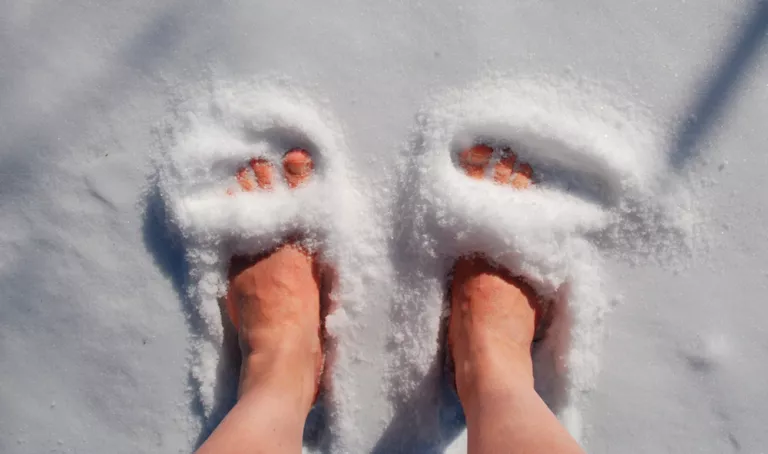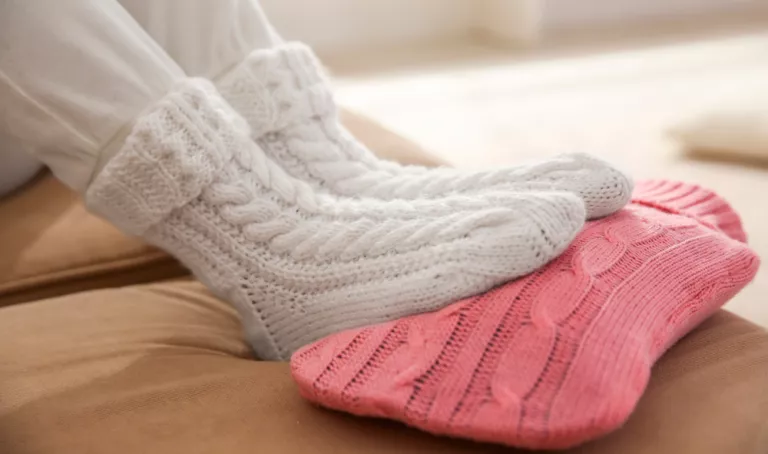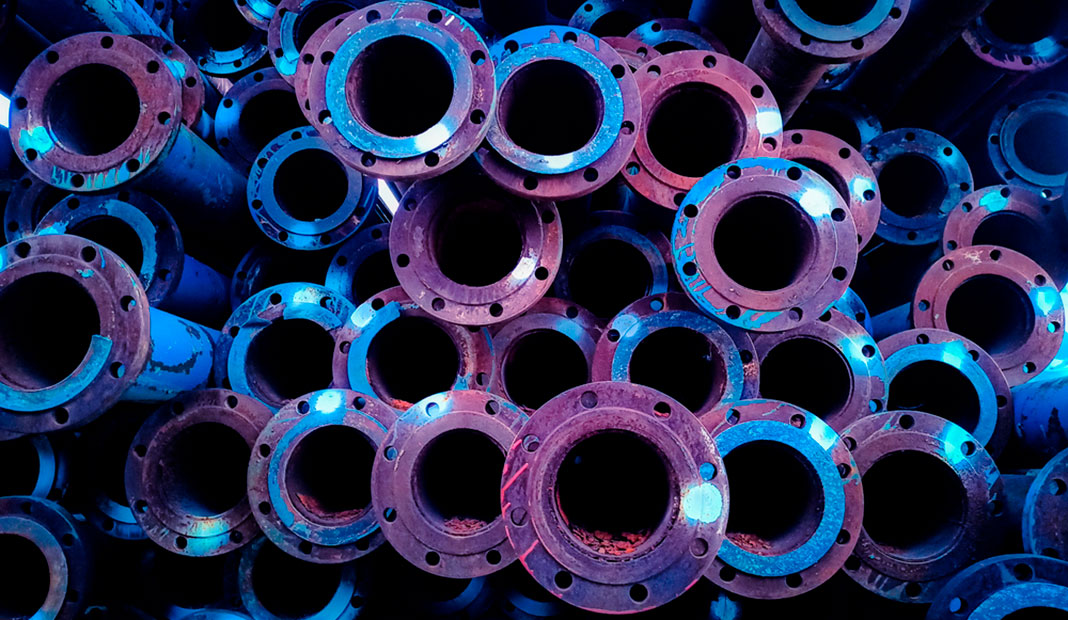Some people complain of always having cold feet, especially since autumn begins and temperatures drop, during winter and well into spring. In principle, it is not something that should worry us because apart from the fact that each one of us has a different tolerance to cold or heat, it is very possible that we do not wrap ourselves up enough and that is why our extremities get colder.
When we are exposed to cold and our core temperature drops, the body reacts by constricting the small blood vessels in the hands and feet so that blood moves to the organs and keeps them warm, and the less blood circulation, the colder they become. hands and feet.
But, although its origin is not pathological, it is a very unpleasant sensation and when you have cold feet it is difficult to warm up. Also, although it is not very frequent, it could also indicate a health problem, since certain diseases, such as anemia, hypothyroidism or diabetes, can affect body temperature.

Why do I have cold feet: causes and when is it a sign of illness?
Although the most common thing is that the feet stay cold due to not wearing socks or shoes that protect them sufficiently against low temperatures, there are other reasons that can cause us to experience this sensation in the lower extremities, such as:
-
sedentary lifestyle If we do not move, muscle activity and blood circulation are reduced.
-
Stress. To face a stressful situation our body responds in fight or flight mode and releases adrenaline into the bloodstream to combat a threat (real or imagined), which can cause blood vessels to narrow, less blood reaching the feet, and these cool down.
-
Circulatory disorders that hinder blood flow to the extremities and that may be related to tobacco use or hypertension, for example. One of these problems is peripheral arterial disease, which is characterized by a narrowing of the arteries outside the heart that reduces blood flow to the extremities. The main risk factors for developing this disease are: smoking, high blood pressure, high cholesterol levels and age.
-
Raynaud’s phenomenon, a condition that is characterized by an exaggerated reaction to cold and that is due to a vasospasm that prevents adequate blood supply to the extremities.
-
Excess sweating or hyperhidrosis, which will make the feet remain wet and get cold more easily.
- Complications of diabetes. When this disease is not well controlled, cardiovascular complications or diabetic peripheral neuropathy can appear, which damages the nerves and interferes with the messages sent by the brain, and can cause sensations of tingling, pricking, cold or numbness in the feet.
-
Anemia. It is due to a decrease in red blood cells, which are responsible for transporting oxygen to tissues and organs.
-
Hypothyroidism. Symptoms of hypothyroidism – a dysfunction of the thyroid gland whereby it produces less thyroid hormone than necessary – include a drop in body temperature and intolerance to cold.
- Medicines. Certain drugs can cause a cold sensation as a side effect.

10 tips to avoid having cold feet
Regardless of the reason why you are prone to always having cold feet, there is always something you can do to avoid it and feel more comfortable and following these tips will help you keep them warm:
-
Wear socks made of natural fibers (wool or cotton) or thermal, and good footwear that is comfortable (avoid heels) and breathable, and that insulates against cold and humidity.
-
Improve blood flow by practicing physical exercise, and when you are sitting at work or at home stretch or move your feet from time to time and get up and walk for a while every hour.
- Avoid tight shoes or clothing because they hinder circulation and cause difficulties in the return of venous blood.
-
Quit smoking, because nicotine causes the muscles around blood vessels to contract and makes it difficult for blood to flow to the extremities.
-
Don’t drink alcohol. Although when ingesting it we experience a momentary sensation of heat because it dilates the blood vessels, then the body temperature decreases.
- Take good control of diabetes, or any other disease that may be the cause of the sensation of cold feet.
-
Prevent cholesterol levels from rising with a proper diet or following medical treatment if necessary.
-
Prevent stress or learn techniques to better deal with it.
- Include in the diet foods that provide iron, vitamin B12 and folic acid, which are nutrients that help improve blood circulation.
-
Take care of your feet by drying them well and applying moisturizing cream after showering. Do not try to heat them by bringing them too close to a heat source because sudden changes in temperature are harmful and can contribute to the appearance of chilblains, among other problems. In addition, a good foot and leg massage from time to time is also ideal to promote blood circulation and venous return.
.














